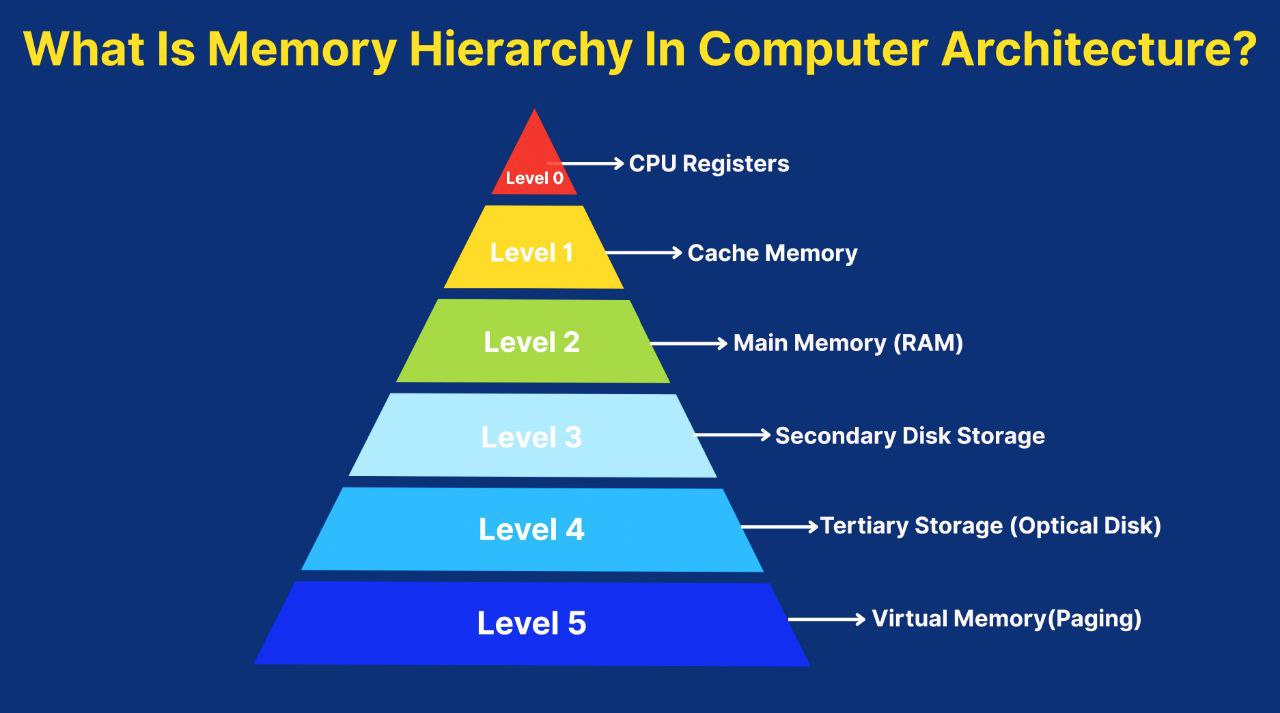Social Exclusion : Meaning, Key Aspects, Cause’s, Impacts, Examples & Addressing
Social exclusion refers to the process by which certain individuals or groups are systematically marginalized from fully participating in social, economic, cultural, and political life. It is often rooted in discrimination, inequalities, and structural barriers that prevent these individuals or groups from accessing opportunities, services, and rights that are available to the broader society.
Key Aspects of Social Exclusion
- Marginalization:
- Social exclusion can result in groups being pushed to the margins of society, making it difficult for them to engage in the mainstream social, economic, and political systems. This can lead to isolation and a sense of disconnection from the rest of society.
- Deprivation:
- Social exclusion is closely related to poverty and deprivation. It often results in limited access to essential resources such as education, healthcare, housing, and employment. Excluded groups may face economic hardships, reduced life chances, and lower standards of living.
- Discrimination:
- Discrimination based on factors like race, gender, age, disability, ethnicity, sexual orientation, or religion plays a significant role in social exclusion. Prejudices and biases lead to unequal treatment and opportunities, further perpetuating the exclusion of marginalized groups.
- Cultural and Social Isolation:
- Excluded groups may experience social isolation, where they are disconnected from community networks and social relationships. This can manifest in both physical and psychological ways, leading to a sense of alienation, low self-esteem, and mental health issues.
Causes of Social Exclusion
- Economic Factors:
- Poverty and unemployment are major contributors to social exclusion. People living in poverty may be excluded from economic opportunities, such as stable jobs or financial resources, which hinders upward mobility and increases their isolation.
- Social Inequality:
- Unequal access to education, healthcare, and housing can create cycles of exclusion. Disparities in wealth, social class, and access to services can deepen the divide between the included and the excluded.
- Discrimination and Prejudice:
- Discrimination based on race, gender, sexual orientation, religion, or disability can lead to institutionalized exclusion. Discriminatory laws, policies, and social norms can create barriers that prevent certain groups from fully participating in society.
- Political and Legal Barriers:
- Excluded groups often have limited political representation and access to legal protections. Marginalized communities may face difficulties in exercising their rights or having their voices heard in policy-making processes. Lack of political power perpetuates their exclusion.
- Cultural Factors:
- Cultural norms and stereotypes can contribute to social exclusion by reinforcing biases and creating stigmas against certain groups. This can be seen in how certain cultures, ethnicities, or belief systems are devalued or seen as “other.”
- Geographic Isolation:
- People living in remote or underdeveloped areas may face social exclusion due to limited infrastructure, poor access to public services, and fewer opportunities for employment and social engagement.
Impacts of Social Exclusion
- Economic Consequences:
- Excluded groups are often trapped in poverty cycles due to limited access to education, employment, and financial resources. This creates long-term economic disadvantages and limits social mobility.
- Mental and Physical Health:
- Social exclusion can lead to psychological stress, depression, anxiety, and feelings of powerlessness. Additionally, excluded groups may have limited access to healthcare, resulting in poorer health outcomes.
- Educational Disparities:
- Socially excluded groups often have limited access to quality education. This affects their ability to acquire skills, knowledge, and qualifications, which can perpetuate economic and social disadvantages.
- Social Cohesion:
- High levels of social exclusion can weaken social cohesion, as marginalized groups may feel disconnected from the broader society. This can lead to social unrest, increased crime rates, and tensions between different groups within a society.
- Loss of Political Power:
- Marginalized groups often lack political representation, which further alienates them from decision-making processes. This can lead to policies that fail to address their needs, reinforcing their exclusion.
Examples of Social Exclusion
- Racial and Ethnic Minorities:
- In many countries, racial and ethnic minorities face systemic exclusion in areas like education, employment, and housing. Discrimination, both overt and covert, can prevent these groups from fully integrating into society.
- Women:
- In some societies, gender-based discrimination results in women being excluded from economic, political, and social participation. This may manifest in wage gaps, limited access to education, or cultural norms that restrict women’s rights.
- People with Disabilities:
- Individuals with physical or mental disabilities often face barriers in accessing public services, employment, and social opportunities. Inaccessible infrastructure and societal stigmas can exacerbate their exclusion.
- LGBTQ+ Communities:
- Discrimination based on sexual orientation or gender identity can lead to social exclusion, with LGBTQ+ individuals often facing harassment, lack of legal protections, and denial of basic rights like healthcare or housing.
- Elderly:
- Older adults may experience exclusion due to ageism, where they are seen as less capable or valuable. They may face barriers to employment, healthcare, and social participation, leading to isolation and marginalization.
- Migrants and Refugees:
- Migrant and refugee populations are often socially excluded due to legal barriers, cultural differences, language obstacles, and discrimination. They may struggle to access basic services, integrate into the workforce, or feel included in the host society.
Addressing Social Exclusion
- Inclusive Policies:
- Governments can implement policies that address the root causes of social exclusion, such as improving access to education, healthcare, and employment for marginalized groups.
- Anti-Discrimination Laws:
- Strong legal frameworks can help combat discrimination based on race, gender, disability, or sexual orientation. Enforcement of these laws ensures that excluded groups are protected and have equal access to opportunities.
- Community Building:
- Encouraging social interaction and understanding between different communities can foster greater social cohesion and reduce exclusion. Community programs can promote dialogue and collaboration among diverse groups.
- Economic Support:
- Welfare programs and economic initiatives aimed at reducing poverty and unemployment can help alleviate the financial barriers that contribute to social exclusion. Access to affordable housing, healthcare, and education is critical.
- Education and Awareness:
- Educating the public about the harms of exclusion and discrimination can change social norms and reduce stigmatization. Campaigns and programs promoting diversity and inclusion can shift societal attitudes.
- Empowering Marginalized Groups:
- Ensuring that marginalized groups have a voice in decision-making processes is crucial for addressing their exclusion. This can involve political representation, advocacy groups, and grassroots movements that push for inclusive policies.
In conclusion, social exclusion is a multi-dimensional issue that affects individuals and communities across various aspects of life, including economic, social, and political participation. Tackling social exclusion requires addressing systemic inequalities and creating inclusive policies and opportunities for all members of society.
Share this content:



Leave a Reply